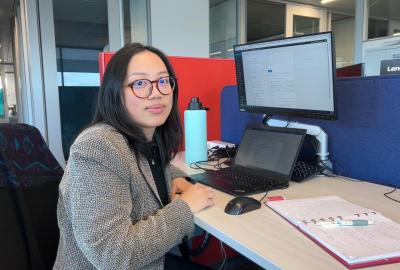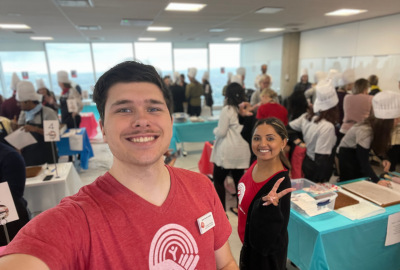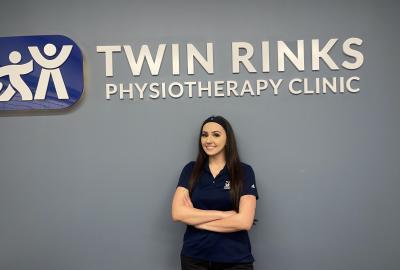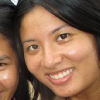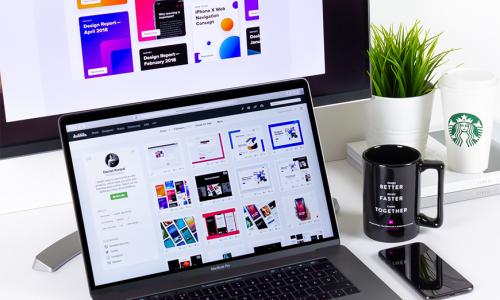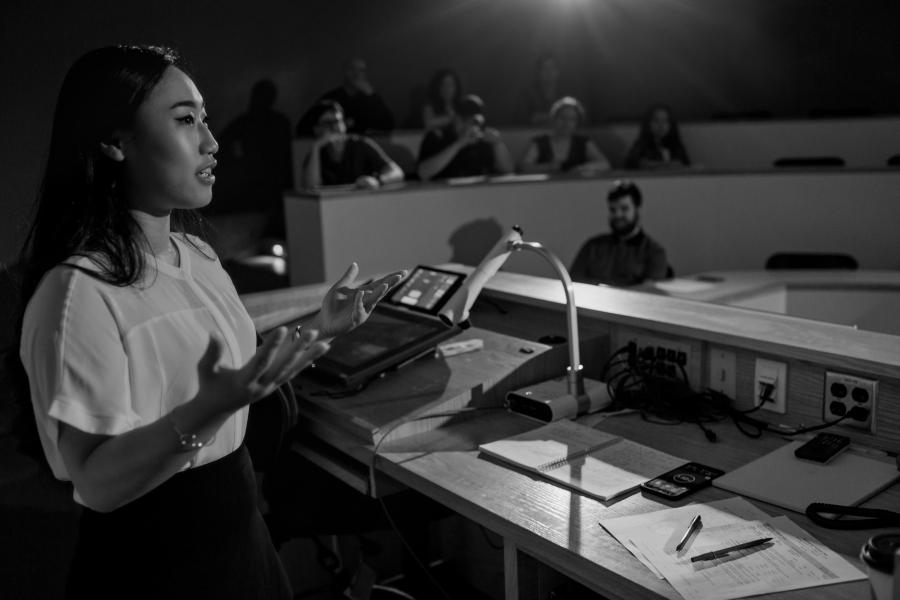
Traditional resumes are becoming more and more irrelevant in the design industry. Portfolios are must-haves for SIAT students who want a chance at getting an interview with Co-op employers. Students in Communication, Business or Computing Science also put themselves at a significant advantage when they bring print or electronic portfolios to interviews.
Many students struggle to figure out the best way to put a portfolio together. As a SIAT and Computing Science Advisor in Surrey, students commonly ask: “Which projects do I put in a portfolio?” or “I don’t know how to do HTML or CSS, how can I make an online portfolio?”
Fortunately, SIAT students Stanley Lai and James Ma took the initiative to run a very popular and successful Portfolio Workshop series that this summer. The purpose is to help students develop an industry-ready portfolio and share tips on how to succeed as a designer. The workshop was open to students of all faculties.
Peer Learning
In the first workshop, Stanley emphasized from the beginning that the approach of the sessions is to learn and share experiences from other students in the room. While he gave his perspective on certain topics, he encouraged people to disagree with him and offer their perspective.
“All of us are learning from each other,” he said.
The 70 participants, including students from Communication and Computing Science, were separated into three discussion groups: film, graphic and interactive. The discussion topics included:
- What is a design portfolio?
- Why portfolio?
- What makes good work?
- What is your purpose?
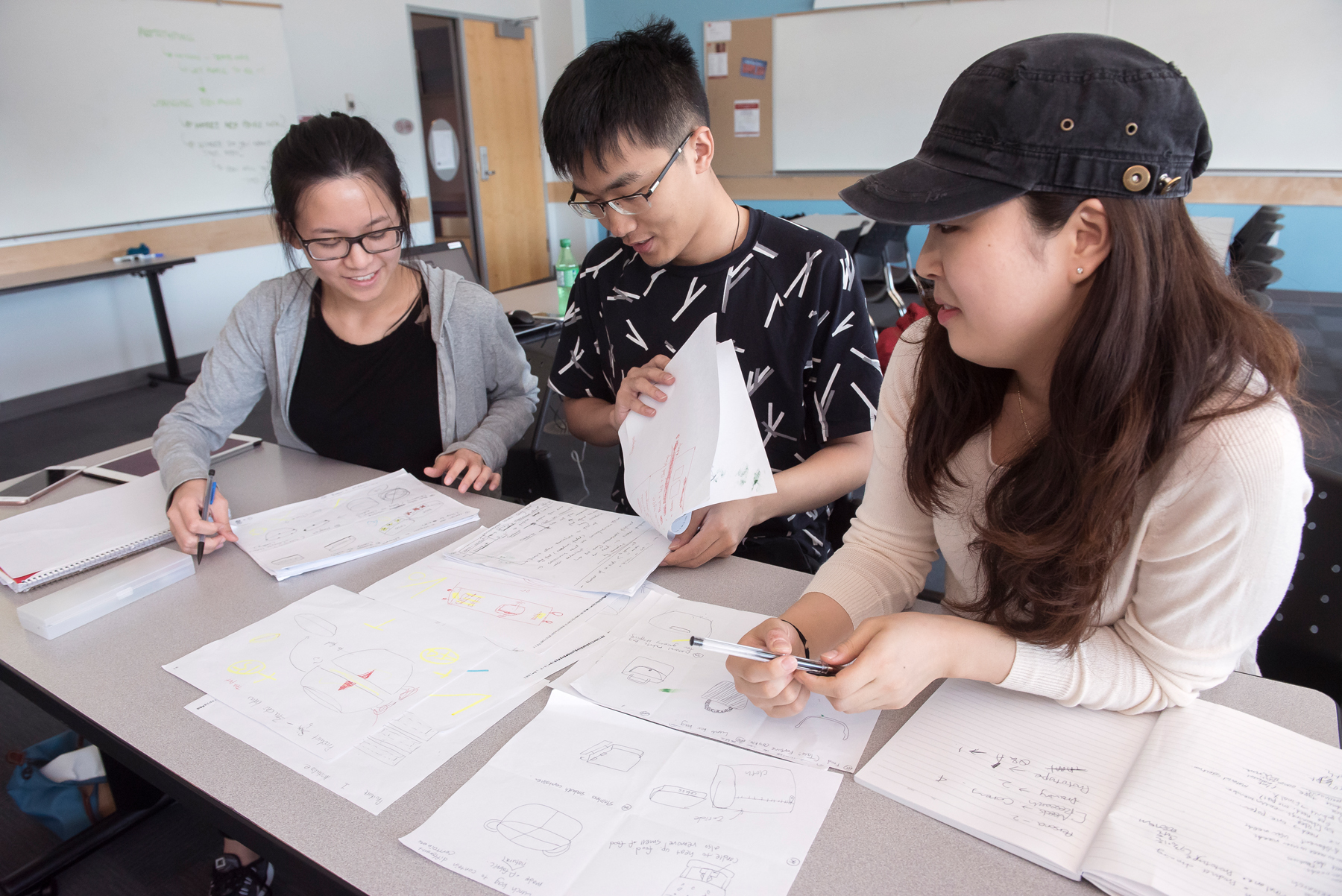
Principles for Strong Portfolios
For designers, the portfolio plays a significant part in determining whether someone gets hired or not.
Stanley once went to an interview with an employer who immediately put his resume aside and asked him to pull out his portfolio. Design employers pay little attention to what school people attended and care more about their design style, motivations and personality.
While students were sharing their experiences and getting into deeper perspectives such as discussing the difference between art and design, the following ideas were essential in creating a strong portfolio:
Tell Your Story
What is it that distinguishes you from other people? Your body of work will demonstrate how you evolve and progress. As Stanley said, “Be a curator. Portfolios are a museum of design that tells a story.” Know who you are and have your portfolio reflect your values and personality.
Define Your Purpose
Are you looking to get people to use reusable cups to reduce waste, begin a social movement or get hired at a small design firm? Your work has a purpose and the influence you want to have on your audience will shape what you put in your portfolio.
Be Honest
Many projects are often done in teams where everyone makes a specific contribution. Be honest about which parts you completed rather than take credit for more than you actually did. One student brought up a case where a student was getting feedback about a project and claimed that he was the team leader. Then his teammate who worked on the same project was looking for feedback from the same person and claimed that he was the team leader. The design world is smaller than you think, dishonesty could come back to bite you.
Your Peers: Future Colleagues
The design industry is small. Students at the Surrey campus often work in teams and find people they work well with. Some students at the workshop showcased an iPhone application, a project they started in their own time once they realized they made a good team. Students who are in interactive design need to consider collaborating with people working in film, computing science, or new media. The participants shared associations and events that students could participate in so they can expand their networks. You never know who you may end up working with in the future.


